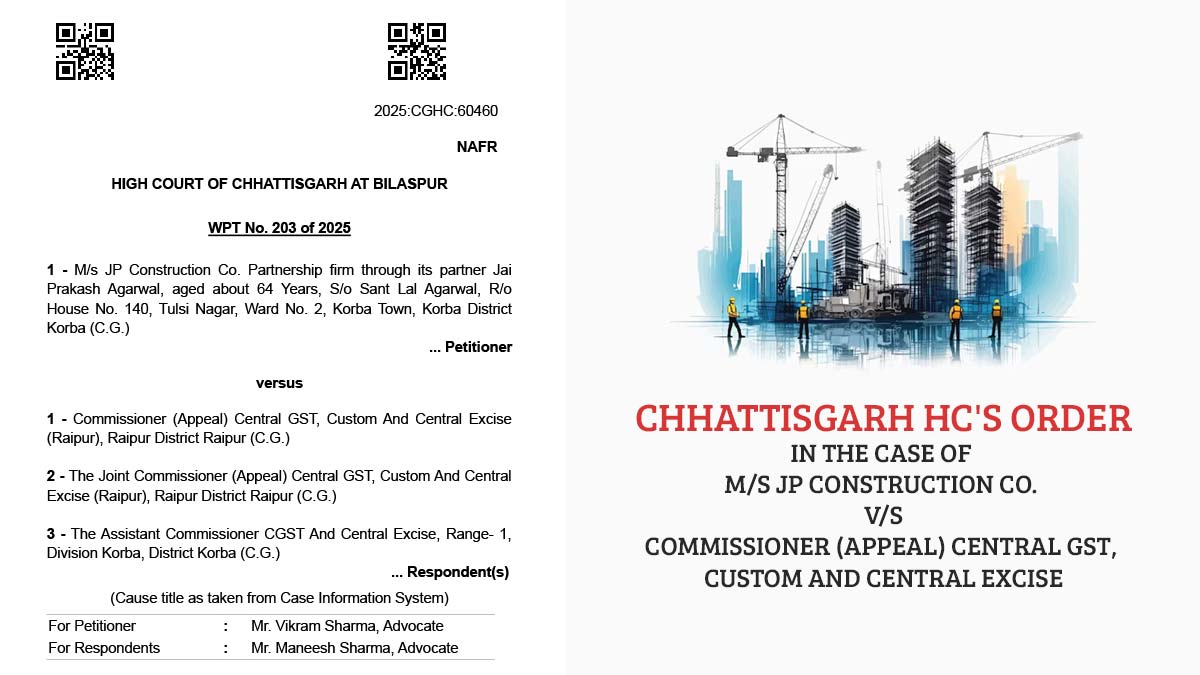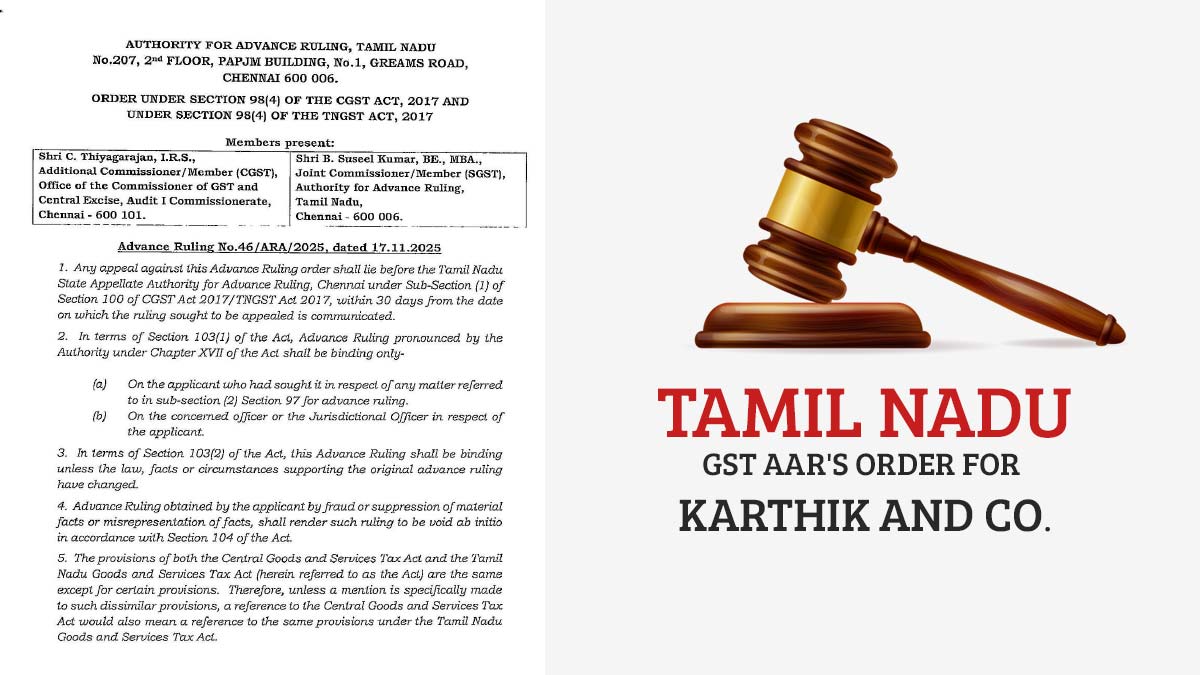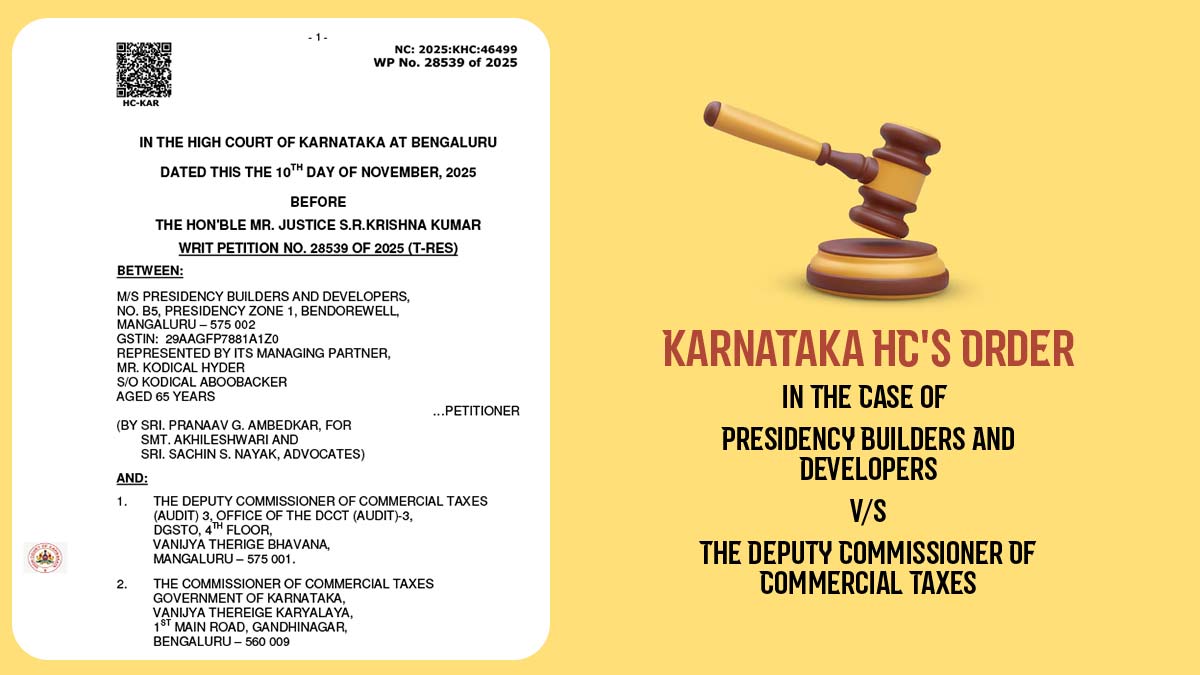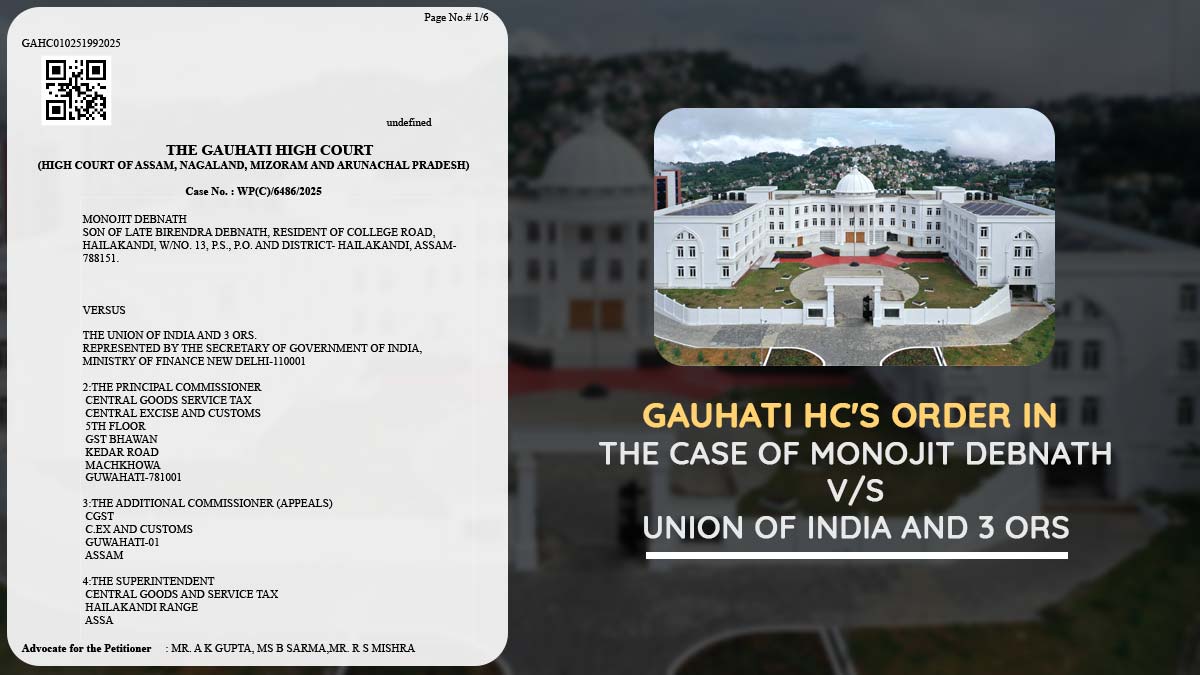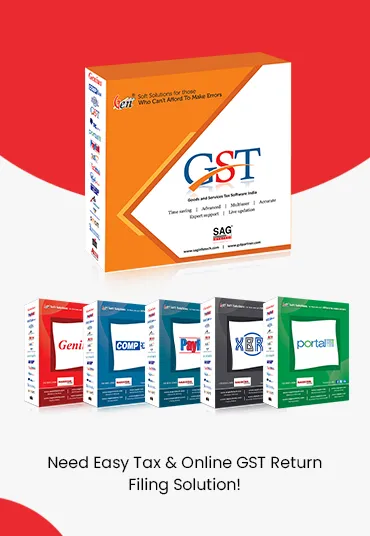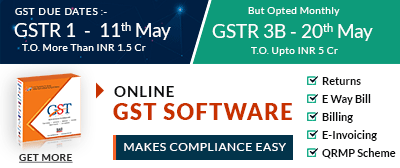
The indian auto sector is ready for the game-changing policy move. According to reports, the government will rationalise Goods and Services Tax (GST) rates on automobiles.
The auto sector will surge from this GST rate reduction; passenger vehicle majors Maruti Suzuki, Mahindra & Mahindra (M&M), Ashok Leyland, and TVS Motor are among the biggest beneficiaries.
At present, small cars and two-wheelers are taxed at 28%, and large cars draw 43–50% tax depending on size and features.
Within the proposed regime, the new GST rates for the small cars and two-wheeler segment will be 18%, and there will be a 40% rate on larger cars. Though for the motorcycles above 350cc, it may encounter a rise in tax burden with GST possibly rising from 31% to 40%.
The GST reduction will lead to a multiplier effect of 1–1.5x, translating into a 5–10% increase in demand across segments. Price cuts will be seen in the popular models- WagonR by about 9%, Bolero by 10%, XUV700 by 7%, and Brezza and Creta by 3%.
Maruti Suzuki, with almost 68% of its portfolio falling in the small car slab, and M&M, with 52% exposure including LCVs, shall gain the most. Market sentiment has been cautious with the slowdown in sales due to the tax reduction expectation.
Compared to two-wheeler makers, a GST cut would be more effective for four-wheeler OEMs. Two-wheeler OEMs are also dealing with cost headwinds from the upcoming ABS mandate, which consumes nearly half of the GST benefits (₹3,000–4,000 per vehicle). Eicher Motors’ subsidiary Royal Enfield portfolio is already ABS-compliant, may emerge as a relative beneficiary within the two-wheeler segment.
Also Read: GST Impact on Cars and Spare Parts Industry in India
Across the board, auto manufacturers can attain 100–150 bps margin improvements, with OEMs having higher domestic exposure positioned to gain the most. Towards auto component suppliers like Uno Minda, Samvardhana Motherson, and Sansera Engineering, the rise in demand could translate into higher volumes and more robust pricing power in the aftermarket segment. Domestic suppliers will benefit as rising vehicle sales improve order books across the value chain.
All the segments shall not benefit correspondingly. A GST reduction on ICE vehicles can turn sentiment negative for electric vehicles (EVs) by broadening the price gap between ICE and EV models. Nomura cautions that this move could slow EV adoption in India by 2–3 years, unless the government simultaneously rolls out demand incentives for EVs.
The revenue impact on the government is significant. A loss of revenue of Rs 74000 crore can occur due to the GST rate cut. Though considering a 10% rise in vehicle volumes, the impact might lessen to nearly Rs 54000 crore, suggesting that the higher demand can partially offset the financial impact.




